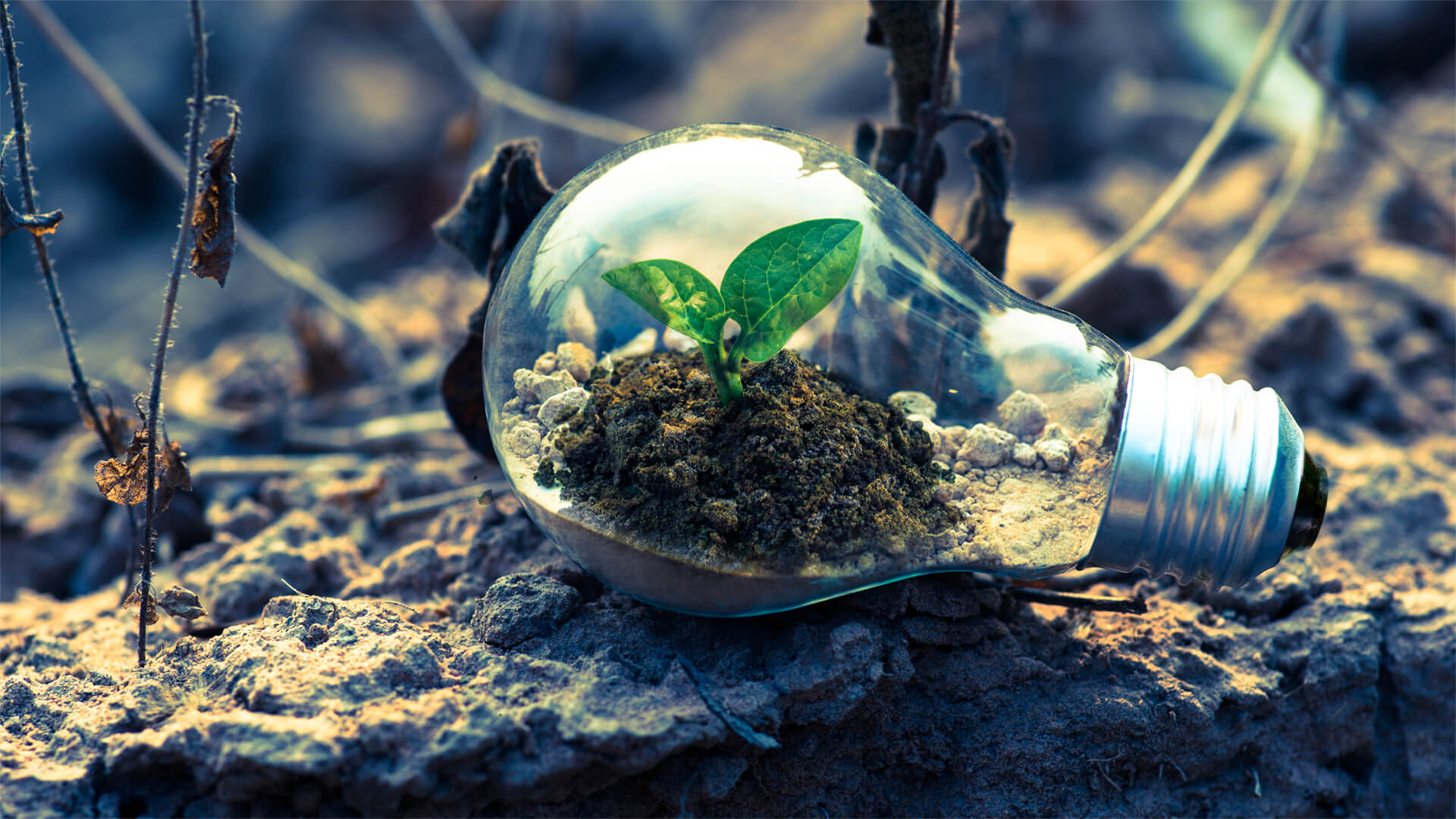The green transition in the US has made great progress in recent years, but the wheels are falling off. This is largely due to economic pressures, lack of financing, and the new tariffs instituted by Trump.
Wind and solar projects require heavy upfront investment, which isn’t a great combo with capital costs skyrocketing and available capital draining from the system (blame the retiring Boomers). The government support for the green transition has also dried up; the Biden admin had the Inflation Reduction Act and other Greentech subsidies, but the Trump admin has pulled support and funding for these programs and projects. And you can’t forget the new tariffs hitting key components for the green transition, which have made solar prohibitively expensive and wind an uncertain gamble at best.
So, it looks like the green transition in the US will effectively be on pause until the US can build out its own manufacturing base. And that’s at least a decade-long process…
Here at Zeihan on Geopolitics, our chosen charity partner is MedShare. They provide emergency medical services to communities in need, with a very heavy emphasis on locations facing acute crises. Medshare operates right in the thick of it, so we can be sure that every cent of our donation is not simply going directly to where help is needed most, but our donations serve as a force multiplier for a system already in existence.
For those who would like to donate directly to MedShare or to learn more about their efforts, you can click this link.
Transcript
Hey, all. Peter Zeihan here. Coming to you from my parents backyard in Iowa. I’m visiting because I’m a good boy. Anyway, today we’re going to talk about the end of the Green Revolution in its current form, at least in the United States. There are three things that have come together to basically completely destroy the economics of the green transition.
And then a couple of things on the side that are making it more difficult anyway. The first has to do with the baby boomers. Two thirds of them have retired, which means that all of the money that they were saving for retirement has been liquidated. And it’s gone into less exciting financial instruments such as T-bills and cash.
And that means there’s less capital available for everything. So we’ve roughly seen the cost of capital in the United States increased by a factor of four in the last five years, has nothing to do or very little to do with government policy. It’s just that there’s less money available in the system overall. So mortgage rates go up, car loan rates go up, anything it needs to be financed goes up.
And that’s a real problem for green tech. When you’re looking at, say, a conventional thermal power plant, coal, natural gas, that sort of thing, you only have to pay for about one fifth of the cost of the life of the plant at the front end. That’s the upfront construction. And then about two thirds of the expense over the full life of that power plant is the fuel, the coal or natural gas.
And you buy that as you go. That’s not how it works with wind and solar. With wind and solar, about two thirds of the cost has to be paid upfront. And that means it has to be financed. Well, you increase the cost of financing by a factor of four, and all of a sudden you’re talking about a financial commitment.
That’s just huge compared to what it would have been just five years ago. And that is now happening across the entire space. So that alone would have probably ended 70% of the power plants that are in solar and wind. Just just off the top. The second problem, of course, is that you have to finance everything upfront in the first place.
Anyone who wanted to do the green transition really needed a helping hand from government, typically at the federal level. And the Biden administration, through things like the IRA Inflation Reduction Act, was very big in providing that financing. Well, that’s basically gone to zero under the Trump administration. So your financing costs have gone up by a factor of four, and you don’t have any outside help.
But the real killer, especially for solar, has now been the tariffs. Almost all of the photo voltaic cells that are used in solar systems are produced in China, oftentimes with slave labor. And while the green transition folks were willing to overlook the fact that, most of the stuff was ha, I still have a sticker on there.
Well, most of the folks in the green transition were willing to overlook the slave labor thing, in order to get the panels that they needed. You can’t really overlook 145% tariff. So if the PV cells cost you two and a half times as much and your financing cost has quadrupled, that’s just not going to fly.
Now, it’s not quite as bad for wind because there are some non-Chinese providers of wind turbines. Most notably in northern Europe. But those were where we have a tariff of at the moment, 10%. It was 20% a week ago, that just introduces a lot of uncertainty into the system. So both of those things are gone.
Wind a little on the edges. Maybe. Solar’s absolutely out of the question for most people now. The only other remaining piece is batteries. When last year, the Biden administration slapped a lot of tariffs early in the year on Chinese electric vehicle bills to keep them out of the U.S. market. What happened is the Chinese repackaged all of the EV batteries into, container units to be sold as grid storage.
And so in calendar year 2024, adding battery storage, which is actually the cheapest form of power that you could add to your system. So the Texans in particular, you know, just boned up on that hugely. Because if you can have a battery grid system, it’s actually better economics and say having a natural gas peaker plant because they normally speakers or is would only run a few days of the year.
The batteries can take that load, but since you now have them. And since Texas is the number one green energy state, they would use their solar system to generate power during the day, store the extra in the batteries, and then use that during peak demand and evening hours when the sun’s going down.
It worked really well. She was like 48% off of power costs, but now we have 145% tariff on all of those batteries as well. So I don’t want to say that that’s going to stop cold, but the pace of the application is going to slow considerably because the Chinese dominate that space. And we haven’t built the industrial plant here yet.
That isn’t necessarily to fill the gap for ourselves. So for the moment, minimum two years, probably until we have a better battery chemistry, probably until we have better PVS, certainly until we have more diversified manufacturing base, which is a ten year process. We’re looking at the green transition taking a bit.








